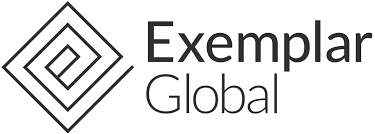
The Safety Institute of Australia (SIA), with support of RMIT University conducted a seminar on safety in the construction industry. As with last year’s event Safe Work Method Statements (SWMS) dominated the conversation. The frustrations expressed by the crowd were the same as last year – SWMS are demanded for tasks they are not legally required for, they are too big and complex, they are rarely read, they are rarely reviewed and they are written only in English.
It seemed that the audience was waiting for a directive from government on SWMS but the seminar had no speakers from OHS/WHS regulators.
There is little evidence at the moment that SWMS work as intended for non-high risk work although research done recently by Paul Breslin, HSE Manager at Brookfield Multiplex indicates that when SWMS are workable and effective workers like to use them.
The audience also heard how while SWMS are being used for within the construction sector for almost ‘everything’ other sectors with high risk works like manufacturing seem less bound up by SWMS and more on traditional SOP’s for a range of activities. This indicates that the significance of SWMS in construction is high but not a big issue outside of the sector explaining the lack of attention by the regulator.
There has been some voice for moving the current focus of safety in the construction industry away from SWMS and onto the hierarchy of control. This was not discussed at the recent SIA seminar.
Change on the issue of SWMS will only occur when people say no to the demand for SWMS outside their original design and legislative requirement.
The lack of change on the SWMS issue, particularly in Victoria, is a result of everyone waiting for someone else to take the lead on the issue, and no one is. It is possible that Victoria is feeling uncertain, wayward and leaderless given that its Government has chosen to miss the boat on OHS/WHS harmonisation.
Posted By: Cathal Uniacke – cathal@custodiansafety.com.au




